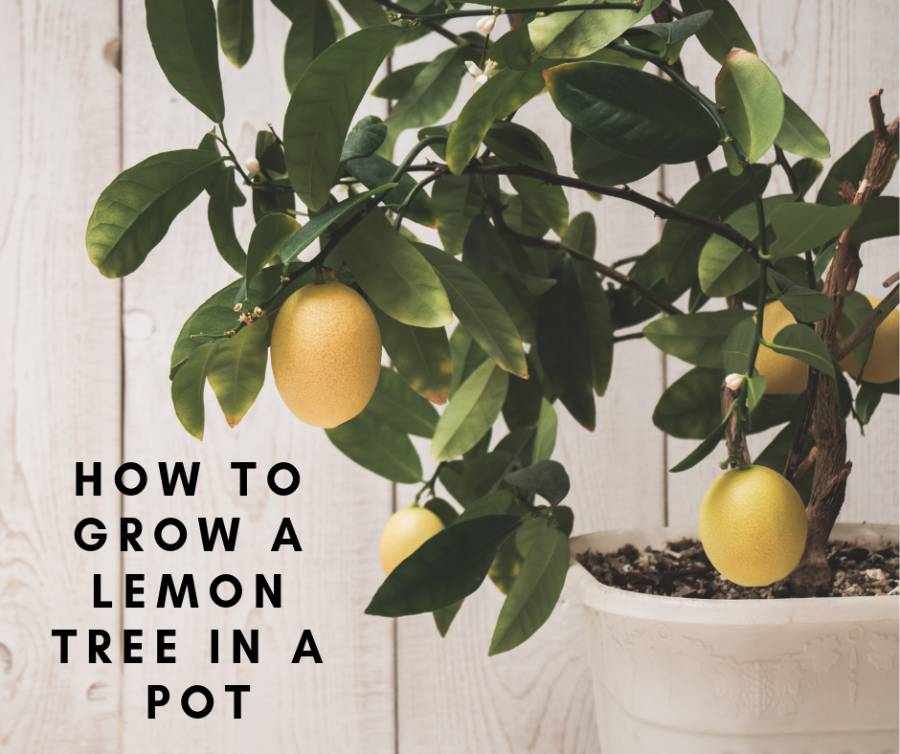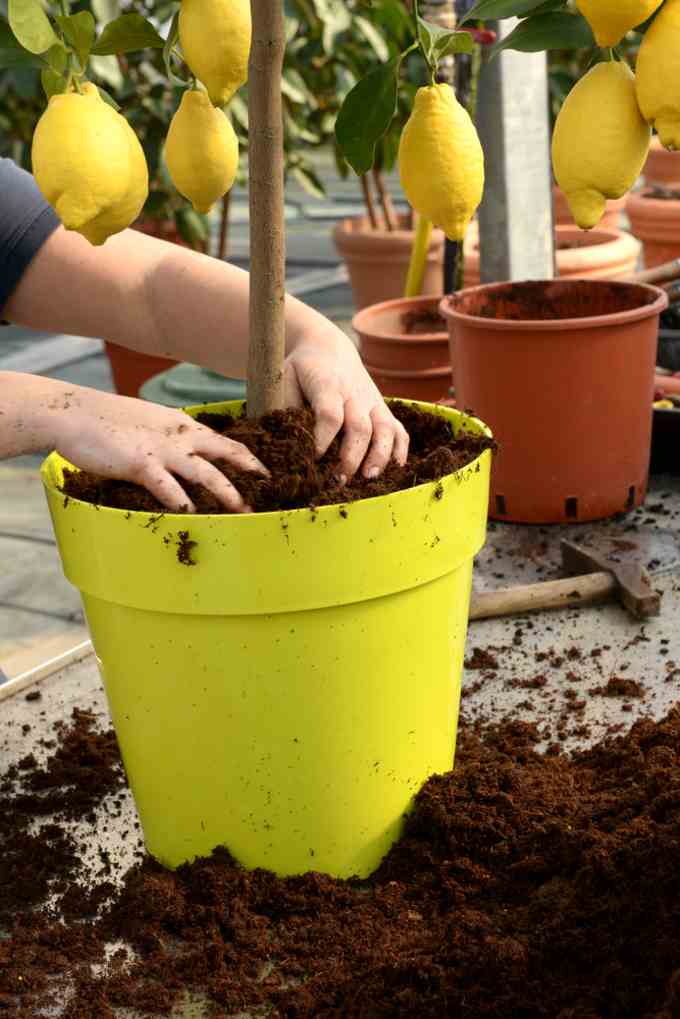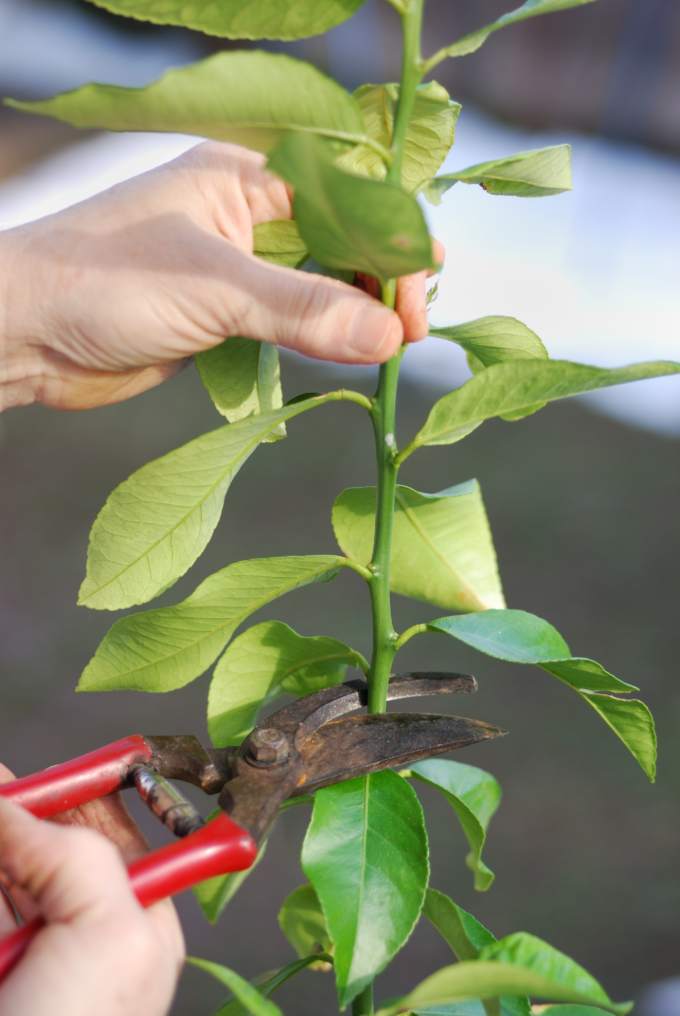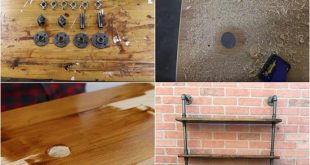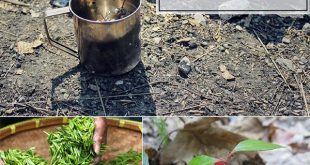How To Grow A Lemon Tree In A Pot
Unless you live in a sub-tropical or tropical climate, growing a lemon tree feels impossible. Those who live in a cooler climate don’t have the heat and humidity necessary, but they can learn how to grow a lemon tree in a pot. Growing a lemon tree in a container lets you get homegrown lemons in a limited space in any environment.
The great thing about growing a lemon tree in a pot is that you can put it on your patio, terrace, or inside your home. Wherever it’s located, the soft, citrus scent put off by the flowers will follow you. Lemon trees can even grow on a balcony; some varieties are better suited for kitchen gardens!
Picking the Best Lemon Tree Variety
The first thing that you should know is container lemon trees won’t get as large as a lemon tree grown in the ground. So, it’s best to use dwarf varieties and certain lemon varieties do better in containers than others.
- Meyer Improved Dwarf
- Lisbon
- Ponderosa Dwarf
- Dwarf Eureka
You don’t want to try to grow a lemon tree from seeds. It can take up to 4 years to produce fruit, and it can be hard to wait. Instead, head to a local nursery to get a dwarf variety that handles containers well. Lemon trees typically don’t grow too large, so you can technically grow almost any variety in a pot.
If possible, buy a lemon tree that’s at least 3 years old so you don’t have to wait forever for it to start blooming and fruiting.
The Right Conditions for Lemon Trees
Dwarf lemon trees have similar needs as full-grown lemon trees. The most important thing that you need to consider is lemon trees require good drainage, so the pot needs to have proper drainage holes.
Pick a container that is at least 25% larger than the root ball. Clay pots are a better choice because it’s porous and evaporates water from the sides. Since lemon trees don’t like to be waterlogged, these qualities help.
You’ll want to pick an organic potting mix for the container.
Don’t forget that lemon trees need plenty of sunlight. Citrus family trees love full sun, around 7 to 8 hours of sunlight. If you’re growing the trees indoors, use grow lights to ensure the tree receives adequate lighting.
How to Take Care of a Lemon Tree in a Pot
The first thing is that lemon trees need consistent and regular watering. Sub-tropical climates have plenty of moisture in the air, and dry conditions aren’t a friend to your new lemon tree. If you let the soil dry out, the leaves on your tree will fall off. Check the top 2-inches layer of soil for dryness.
A few other things you need to know about how to care for a lemon tree include:
Fertilizer
Fertilizer is another key for a healthy lemon tree. Use a slow release fertilizer that will give your tree consistent nutrients. All citrus family trees are heavy feeders. You can pick a special purpose citrus fertilizer, but if you can’t find it, the slow-release fertilizer of NPK 12-6-6 is a good choice.
The fertilizer needs to have micronutrients such as iron, manganese, and zinc. Each month, apply a water-soluble fertilizer throughout the growing season. You also can side dress our plants with compost or composted manure.
Humidity
Lemon trees need high humidity; think about their original climate. One of the best tricks is to put your lemon tree over a pebble tray or mist it daily to give it the same humidity effects.
Pruning and Pinching
Pinching your lemon tree encourages bushier growth. Pinch the growing tips when they’re about 5 inches long. Pruning is best done when new growth starts, typically in February or March. You only want to prune off the diseased or dead branches because lemon trees store their extra food in leaves, so taking off too much will cause a poor fruit harvest.
Repotting
Every few years, you’ll need to re-pot your tree at the beginning of spring. In warm climates, repotting should be done in the winter. You need to scale your pot sized based on the size of your tree. Upsize one size bigger than your previously used pot when you pick a new one.
Problems that Lemon Trees Might Have
As you might imagine, growing a lemon tree in a pot can be stressful to the plant, and you’ll encounter some unique problems because these trees don’t originate in cold climates. A few issues you might find include:
Sucker Branches
Lemon trees in containers are more vulnerable to sucker branches. These are branches that grow from the rootstock of the plant. The rootstock will try to take over the tree, so if you see a sucker branch, it needs to be pruned immediately.
Cold and Drought
Lemon trees are subtropical plants. A lemon tree in the ground can handle some mild cold and a bit of frost, but a container lemon tree cannot. These trees have a hardiness zone one zone higher than the USDA recommended one. For example, if you’re growing a lemon tree with a natural hardiness zone of 7, the container tree will have a hardiness zone of 8.
If you happen to live in USDA zones 8b to 11, you don’t have to worry much about the cold. Below these zones, you need to take special care. Temperatures below 30℉ are life-threatening, but Meyer lemon trees can tolerate cold up to 24℉. Optimum temperatures are between 50℉ to 82℉.
Growing a Lemon Tree in a Pot
The part of growing a lemon tree is harvest time! Citrus fruits stop ripening when you take them off the tree. Don’t worry if your citrus tree drops some or many of their leaves when moved indoors at the end of the growing season. This is natural and it’s how the tree adjusts to different light levels
With the proper care, growing a lemon tree in a pot is easy enough that you can do so anywhere.
 Home and Gardening Ideas At home and Gardening ideas we believe inspiring readers about homesteading, self sufficiency
Home and Gardening Ideas At home and Gardening ideas we believe inspiring readers about homesteading, self sufficiency
